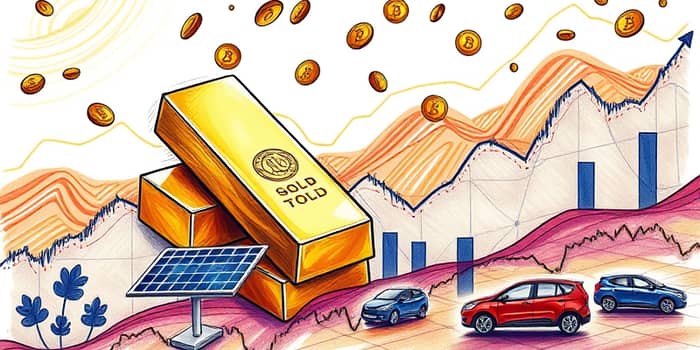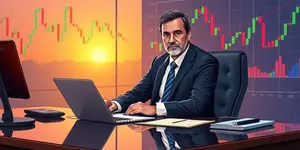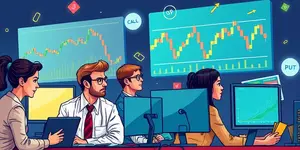
In a world of financial twists and geopolitical tremors, investors constantly seek stability without sacrificing opportunity. Precious metals sit at this crossroads, revered for centuries yet challenged by new market forces. As you navigate uncertainty, understanding whether these assets serve as fortresses or speculative gambits becomes essential. This article unpacks historical lessons, current data, and practical strategies to help you decide if precious metals deserve a place in your portfolio.
Gold and silver have anchored civilizations through war, inflation, and market crashes. Their safe haven during economic uncertainty evolved from tangible utility to symbolic refuge. Central banks amassed gold reserves as bulwarks against currency devaluation. Meanwhile, everyday savers clutched coins to preserve purchasing power when paper money faltered.
Yet history also reveals volatility. In some crises, precious metals soared; in others, they tumbled alongside broader risk aversion. Recognizing this dual nature sets the stage for informed decisions.
Today’s drivers reflect a complex interplay of policy and sentiment. Interest rates, quantitative tightening, and inflation data from the Federal Reserve profoundly shape gold prices. When central banks tighten policy, yields rise and gold often retreats. Conversely, expansionary measures and rising inflation usually buoy demand for this value-preserving asset in crises.
Meanwhile, jewelry demand, traditionally a cornerstone of the market, has dipped below its decade average. High rates and shrinking disposable incomes in India and China have weighed on global gold jewelry consumption.
Beyond adornment and reserves, industrial applications power the outlook for several metals. Over half of silver’s demand stems from solar panels, electronics, and electric vehicles. In 2024, silver consumption hit record highs, driven by renewable energy projects and medical technologies.
Platinum and palladium, essential in vehicle catalysts and green tech, face their own dynamics. Supply chain bottlenecks in mining regions can spark sudden price surges, while advances in EV design influence long-term demand forecasts. Understanding these nuances highlights how metals straddle the line between industrial commodities and financial assets.
On one hand, precious metals exhibit characteristics of a fortress: they are not directly correlated with economies, offer diversification, and often rally in times of stress. Central banks and wealth managers still include gold as part of diversified investment portfolio with clarity, acknowledging its centuries-old role in risk management.
Yet speculation remains a powerful force. Silver, in particular, has experienced dramatic rallies fueled by narrative-driven trades and concerns over manipulation. Cryptocurrencies now vie for the same capital, with tokenized gold and silver assets blurring the line between tangible and digital holdings. The adage “crypto is eating gold’s lunch” underscores this competitive tension.
Allocating to precious metals demands nuance. They should complement equities, bonds, and alternative assets rather than dominate your holdings. Consider a tiered approach: a core position in gold for stability, a tactical silver stake for industrial upside, and selective exposure to platinum group metals for thematic green investments.
By integrating metals with broader asset classes, you harness their defensive qualities without overexposing your portfolio to price swings.
Precious metals are neither pure safe havens nor mere speculative instruments—they embody elements of both. Their performance hinges on macroeconomic policy, industrial innovation, and shifting investor narratives. As you forge ahead, adopt a research-driven mindset. Keep abreast of inflation trends, geopolitical developments, and supply chain shifts.
Ultimately, the key lies in balance: combining metals with other assets, defining your risk tolerance, and staying flexible. With a clear strategy, you can harness the potential of precious metals as enduring pillars in your investment journey, grounded in history yet adaptive to tomorrow’s challenges.
References













